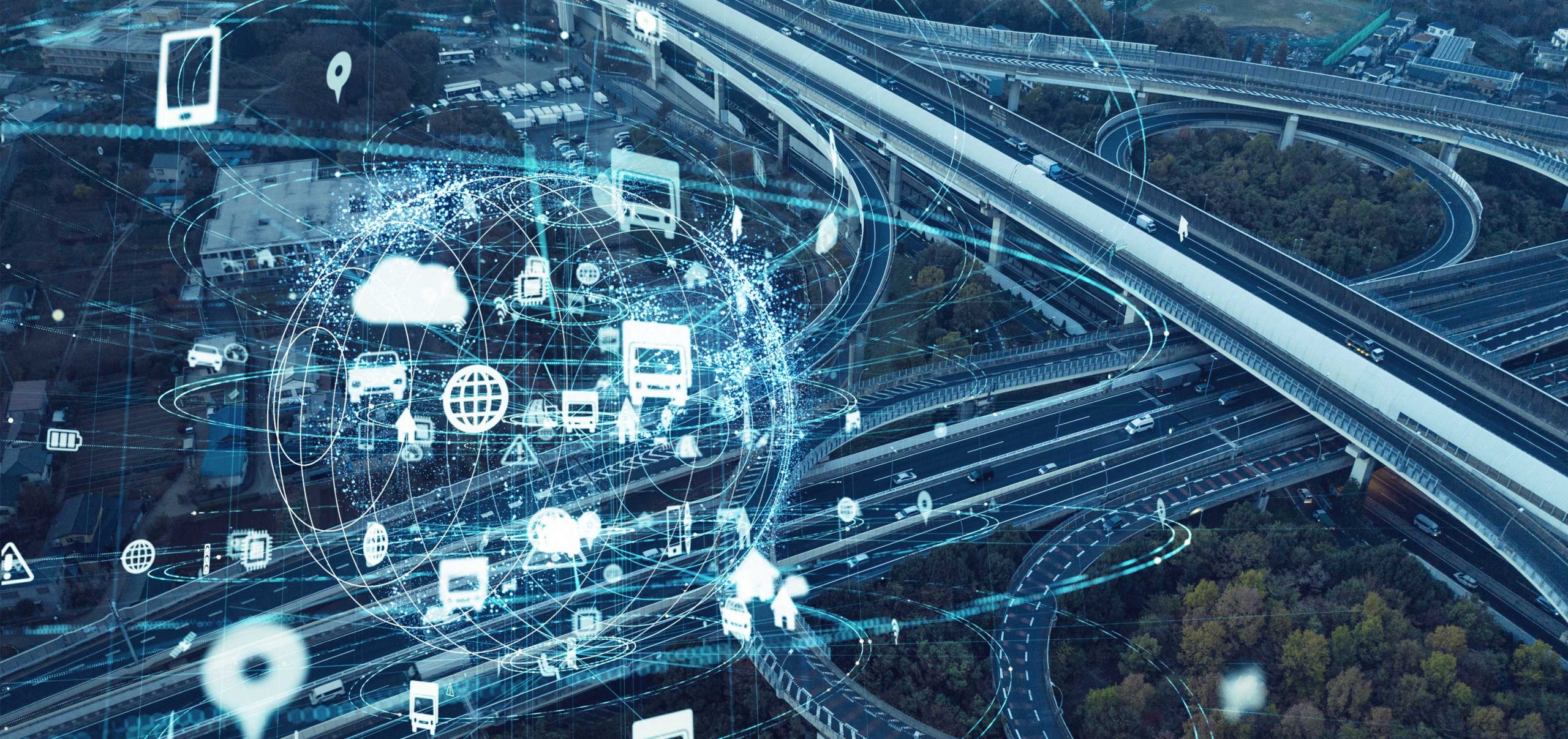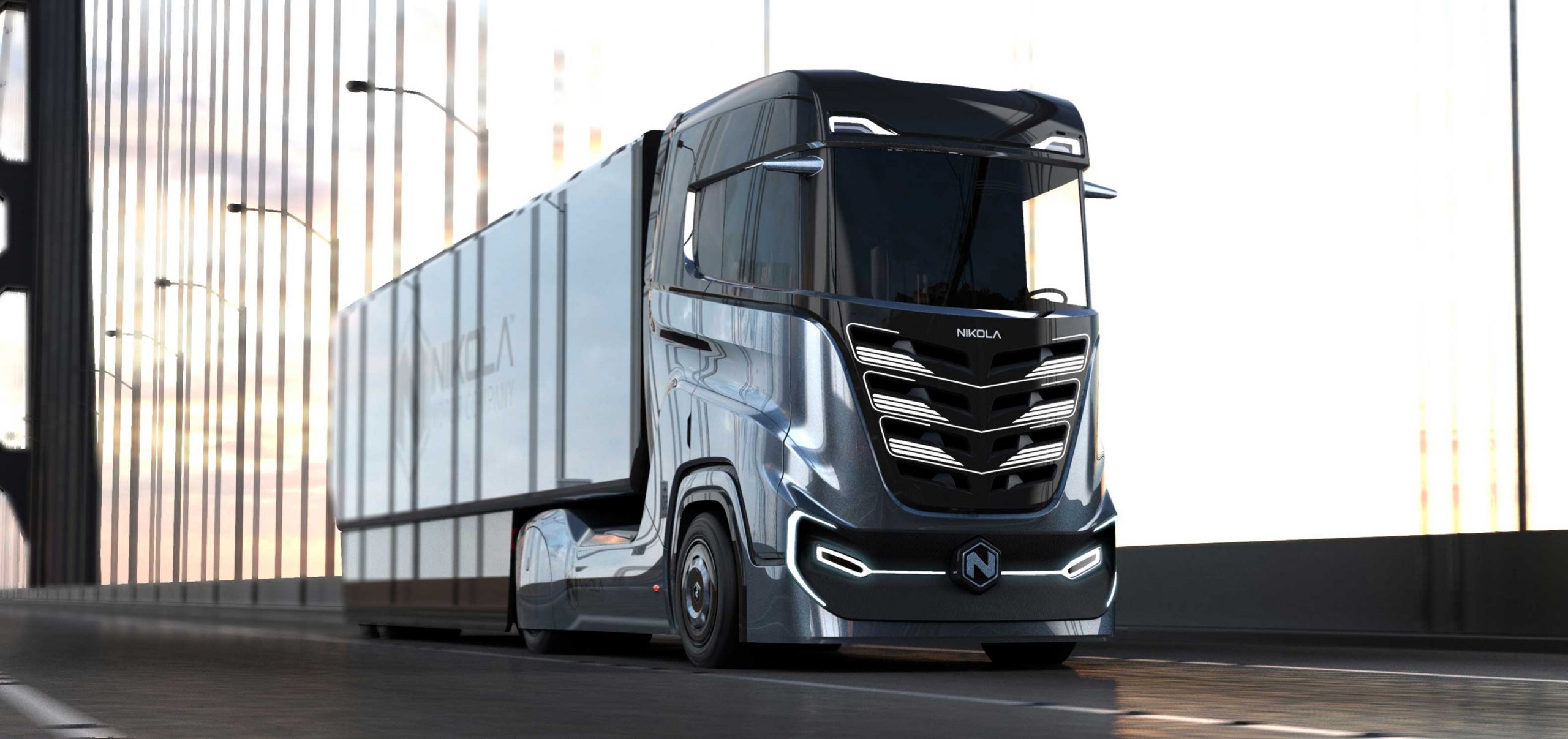
<!--[CDATA[
International conflicts currently represent the greatest threat to growth and stability in the logistics industry – that is one of the key findings in the IRU study “The Future of Road Transport.” On the other hand, the industry views digitalization to be one of its greatest prospects for the future. What direction is global trade heading, what are the key influences and factors for global road transport? The IRU World Congress in Muscat, Oman, answered those questions in November 2018. Important points of reference were tapped from the industry survey “The Future of Road Transport,” initiated by the event organizer.
Geopolitical uncertainties
57 percent of respondents consider their companies to be threatened by geopolitical uncertainty. The second biggest threat consists of the risk of global recession and the challenge of keeping up with changing customer demand. “In today’s turbulent political and economic climate, it is no surprise that there is a feeling of uncertainty and anxiety in the global road transport industry,” stated IRU Managing Director Boris Blanche. “Trade wars, Brexit, and the looming specter of global economic downturn mean that transport operators today are facing an unprecedented challenge.” For European transport companies, the sweeping effects of the EU Mobility Package are a further significant problem. 48 of the surveyed entrepreneurs from Europe take a critical view of the package and deem the legislative initiative to be over-regulation.
Digitalization requires resources
Most of the managers surveyed count on seeing significant gains in efficiency through digitalization and automation. Around half of them think we are far from having fully taken all of the effects of technical advancement into account. In his foreword to the study, the IRU Secretary General warns that many parts of the world are still missing the resources or infrastructure required to benefit from digitalization. Despite those challenges, the industry does recognize the immense opportunities that technological innovations can open up in an increasingly competitive business environment.
More networking and autonomous driving
80 percent of interviewees believe that new solutions for fleet management as well as new digital platforms for vehicles and telematics are going to further enhance on-board productivity. They view improved engine efficiency as being the greatest potential benefit for the environment. Transport companies in Asia view climate and environment changes to be a much greater threat than the operators in Europe or those in the territory of the Gulf Cooperation Council. That could also be a reflection of the explosion Asia has seen in the demand for freight and mobility services in the past decades. The issue of “autonomous driving” is an option within the upcoming decade for three-fourths of survey respondents. One-third of them are even confident that the trend could arrive in the next five years.
Environmental protection must be affordable
Simultaneously, reducing carbon emissions out on the roads in conjunction with increasing freight volume represents the top priority for governments and international organizations. To be sure, the industry is undertaking important steps to reduce emissions. But that won’t be enough. More has to be done. Yet it is also important to recognize how further investments in clean technologies represent a significant financial burden to many smaller operators.
Clear call to action
In summary, this study is a call for governments and the industry alike to improve infrastructure and create an effective regulatory framework. The IRU views itself to be a mediator to that end, working closely with governments, political decision-makers, and the transport industry to attain the best possible framework conditions for freight companies. “This means working together to create a harmonized set of principles around customs processes and sustainability to ensure a level playing field for all,” states Boris Blanche. “And it means guaranteeing that all transport operators, regardless of size or location, have the support they need to benefit from advances in technology.” Closer cooperation will be the only way to successfully overcome hindrances to true progress in the industry.






